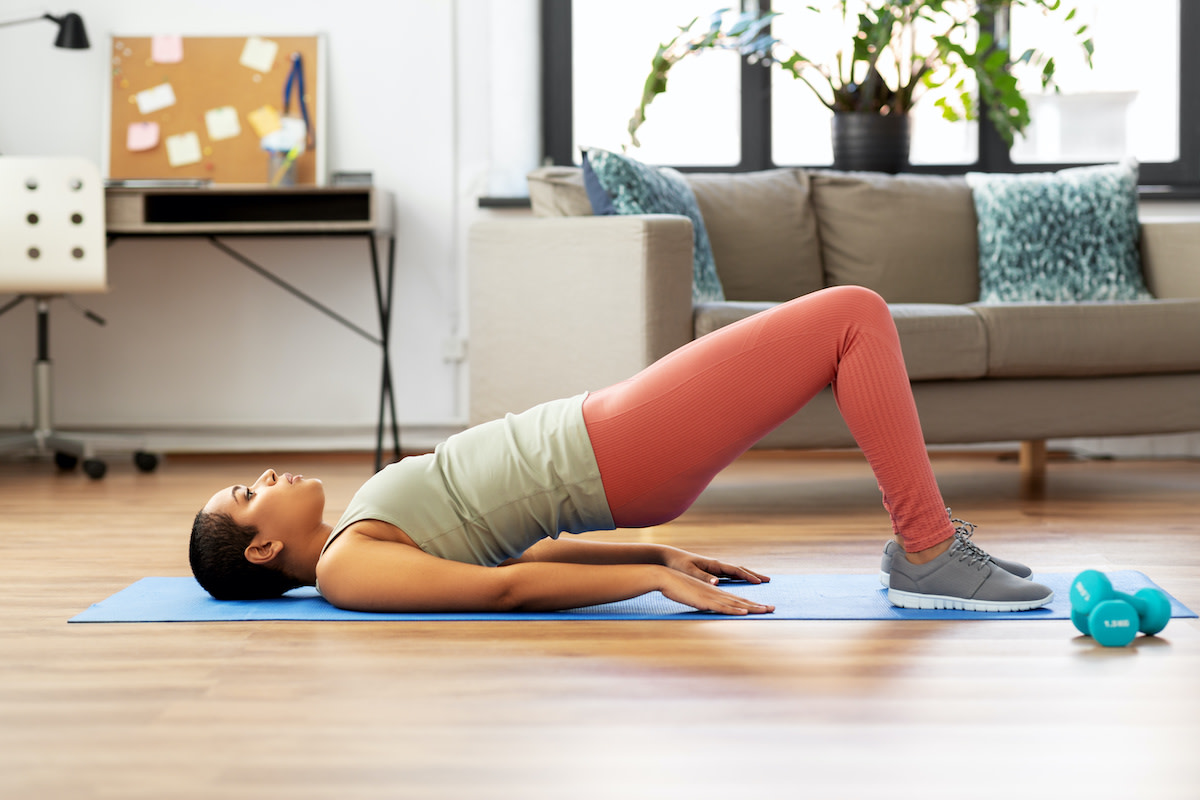How to Do Pelvic Floor Exercises: 3 Exercises to Try at Home
Written by MasterClass
Last updated: Jun 7, 2021 • 3 min read
A pelvic floor is an essential group of muscles that support the bladder, bowels, and uterus. While a range of factors can lead to a weak pelvic floor, you can perform exercises to strengthen this muscle group. Learn more about the benefits of pelvic floor exercises and how to perform them.
Learn From the Best
What Are Pelvic Floor Exercises?
Pelvic floor exercises are specific movements that engage and strengthen your pelvic floor muscles, which can weaken due to factors such as childbirth, aging, menopause, obesity, chronic coughing, or heavy lifting. Most pelvic floor exercises don’t require specific equipment. These exercises typically rely on your body’s weight to initiate the stretch and engage the muscles. Pelvic floor exercises can increase bladder control, reduce the probability of pelvic organ prolapse, and increase sexual pleasure.
What Are the Benefits of Pelvic Floor Exercises?
Pelvic floor muscle training can offer a wide variety of benefits:
- Increases bladder and bowel control. The pelvic floor muscles are directly responsible for controlling urine and bowel movements. If these muscles are weak, you’re more likely to experience constipation, urinary incontinence, struggle to control flatulence, or experience urine leakage from forceful activities like when sneezing, coughing, or laughing (called “stress incontinence”). Strengthening your pelvic floor can improve your bowel and bladder control.
- Increases sexual pleasure. Some women experience painful sexual intercourse due to tight pelvic floor muscles, which make the vagina tighter and penetration uncomfortable. Pelvic floor muscle exercises help you learn to control and relax your pelvic floor muscles, which can increase pleasure during intercourse.
- Reduces the chances of pelvic organ prolapse. Pelvic organ prolapse is a health condition in which the pelvic floor muscles are so weak that they can’t support the pelvic organs (bladder, cervix, uterus, and rectum). During a pelvic organ prolapse, one or more of the pelvic organs falls down into the vagina, creating a bulge. Since pelvic floor exercises strengthen the pelvic muscles, they can help prevent the muscles from becoming too weak and allowing prolapse.
If you’re experiencing symptoms of incontinence, sexual dysfunction, or pelvic pain, talk to a certified healthcare provider, pelvic health specialist, or physical therapist, who can identify if pelvic floor exercises are right for you.
3 Pelvic Floor Exercises
Here are a few common exercises that can help strengthen your pelvic floor:
- 1. Kegels: American gynecologist Arnold Kegel created this seminal pelvic floor exercise. To do a Kegel, contract your muscles that stop the flow of urine, hold for five seconds, then release for five seconds. Repeat this exercise 10–15 times, up to three times per day. Avoid doing Kegel exercises when urinating since stopping the flow midstream can cause some urine to remain in your bladder, putting you at a higher risk of urinary tract infections (UTIs).
- 2. Squats: Squats are a great holistic exercise because they engage many muscles at once. To do a body-weight squat, stand with your feet shoulder-width apart, then slowly bend your knees, dropping your hips and glutes down and back, keeping your back straight, as if you’re sitting down on a chair. (You can place your hands on your hips or stretch them out in front of you for balance.) Bend your knees until your thighs are parallel with the floor, then return to an upright position. Repeat 10 times, up to three times per day.
- 3. Tabletop splits: Tabletop splits engage your core, hips, inner thigh muscles, and pelvic floor. To do a tabletop split, lie down on your back in a comfortable position on the floor, and bring your knees up in the air, so your thighs are perpendicular to the ground. Slowly spread your knees until your legs are as far apart as they can comfortably go, then slowly bring your knees back together. Repeat 10–15 times, up to three times per day.
Let’s Talk About Sex
Craving a little more intimacy? Grab a MasterClass Annual Membership and learn more about open communication with your partners, experimenting in the bedroom, and being your own best sexual advocate with a little help from Emily Morse (host of the wildly popular podcast Sex With Emily).
